Personal growth challenges are a set of intentional attempt to better oneself through some of deliberate events and behaviors meant to promote personal growth. This can involve acquiring new skills, conquering anxieties, dealing with challenging circumstances, and taking lessons from mistakes.
It's critical to overcome personal growth obstacles because doing so can result in more self-awareness, self-assurance, and general well-being. Individuals can broaden their ideas, develop their skills, and ultimately realize their full potential by facing personal growth challenges and stepping beyond their comfort zone.
Likewise, overcoming obstacles to personal growth might result in better communication with others. People are better able to connect with others, speak clearly, and positively impact their communities as they grow in self-awareness and confidence.
Ultimately, overcoming personal growth problems can result in a more contented and meaningful existence. Personal growth challenges are the ultimate target of a journey to self-improvement and transformation.
How To Fix Personal Growth Challenges To Transform Your Life
Here are the 12 Personal growth challenges all you need to resolve mastering your mind to build powerful mindfulness habits that automatically work for every success in life.
Challenge#1: Shiny Object Syndrome
Shiny object syndrome (SOS) is one of the top self-depriving personal growth challenges refers to the tendency for individuals to become easily distracted by new and shiny things, often leading them to abandon current projects or goals in favor of new ones. This can be problematic in both personal and professional settings, as it can lead to a lack of focus and progress toward achieving long-term goals.
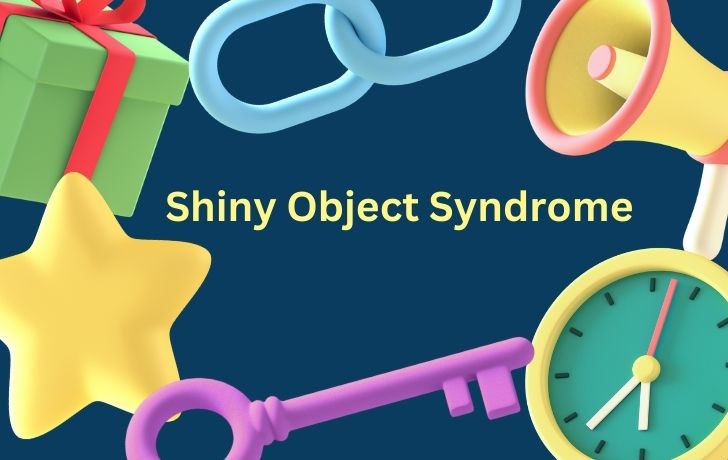
In the USA, the Shiny Object Syndrome has been a problem for nine out of ten business owners at some point during their entrepreneurial endeavors.
To overcome shiny object syndrome, it can be helpful to set specific, measurable, and achievable goals, and create a plan to achieve them. It can also be helpful to establish a daily routine or schedule that includes dedicated time for working on specific projects or tasks and to avoid multitasking as much as possible.
Additionally, it can be helpful to develop a system for tracking progress and holding oneself accountable for staying on task.
It can also be beneficial to understand the underlying cause of shiny object syndromes, such as boredom, lack of motivation, or fear of failure, and address those underlying issues.
It's also important to set boundaries for yourself and learn to say no to opportunities that will distract you from your goals. Finally, surrounding oneself with people who have similar goals and who can provide support and accountability can be very helpful.
Challenge#2: Procrastination
Procrastination is the act of delaying or postponing tasks, often due to feelings of anxiety, fear, or lack of motivation. It is one of the major personal growth challenges can be a major obstacle to achieving goals and can lead to decreased productivity and increased stress.
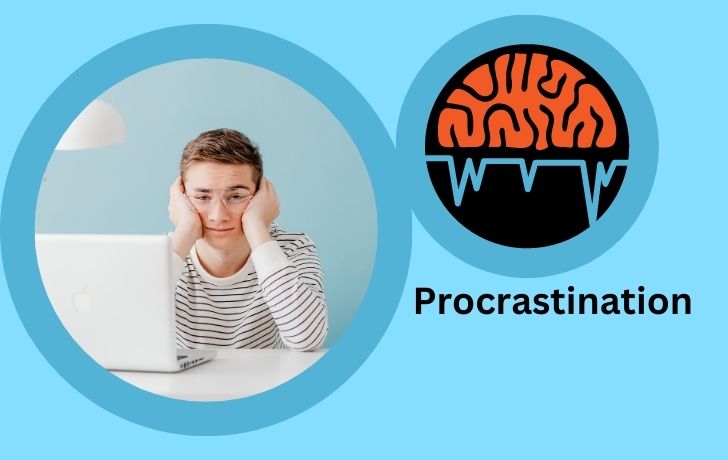
According to studies procrastination, between 80% and 95% of college students put off doing things until the last minute, with 50% of them doing so on a regular and chronic basis.
To keep procrastination at bay, it can be helpful to set specific, measurable, and achievable goals, and create a plan to achieve them. Breaking down large tasks into smaller, more manageable chunks can also be helpful.
It can also be beneficial to establish a daily routine or schedule that includes dedicated time for working on specific tasks and to avoid multitasking as much as possible. Additionally, it can be helpful to develop a system for tracking progress and holding oneself accountable for staying on task.
It can also be beneficial to understand the underlying cause of procrastination, such as perfectionism, lack of self-confidence, or lack of interest in the task, and address those underlying issues. Setting deadlines for oneself, or sharing the goals or deadlines with someone who can provide support and accountability can be very helpful.
Another strategy to overcome procrastination is to use the Pomodoro Technique, which consists of breaking work into 25-minute intervals, called "Pomodoros," with short breaks in between. This technique can help to overcome procrastination by giving you a sense of accomplishment and helping you to focus on one task at a time.
Finally, it's also important to find a balance between working and relaxing and make sure to take regular breaks and engage in activities that you enjoy to help you stay motivated and focused.
Relationship Between SOS & Procrastination
There may be a relationship between shiny object syndrome and procrastination, as both can be symptoms of a lack of focus and difficulty with task management.
Shiny object syndrome can lead to procrastination by causing individuals to constantly switch tasks or projects, never fully completing any one thing.
Similarly, procrastination can lead to shiny object syndrome, as individuals may put off tasks they find difficult or uninteresting, and instead seek out new and more exciting distractions.
Both Shiny object syndrome and procrastination can be caused by underlying issues such as fear of failure, lack of motivation, or low self-esteem. These issues can make it difficult for individuals to stay focused and motivated, leading them to constantly seek out new distractions or put off tasks.
Managing both Shiny object syndrome and procrastination require similar strategies such as setting specific, measurable, and achievable goals, creating a plan to achieve them, breaking down large tasks into smaller, more manageable chunks, establishing a daily routine or schedule, and developing a system for tracking progress and holding oneself accountable for staying on task.
Additionally, understanding and addressing the underlying causes of both disorders is crucial.
Challenge#3: Distraction
Distraction addiction refers to the tendency to constantly seek out and engage with external stimuli, such as social media, email, texting, or other forms of digital media, to avoid feelings of boredom, anxiety, or stress. This can lead to a lack of focus and productivity, and can negatively impact an individual's ability to achieve goals and maintain healthy relationships.
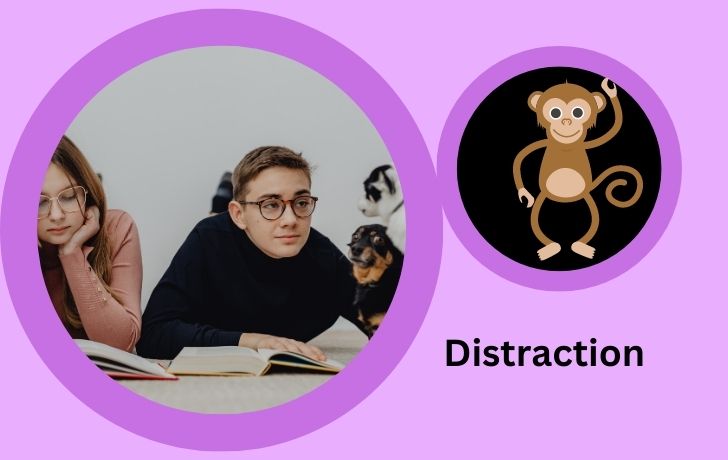
Distraction evidence shows, more than half (57%) claimed that social media keeps them from finishing their assignments, and 54% acknowledged that they occasionally neglected to pay attention to the people they were with to focus on social media.
To kill this habit, it's important to set boundaries for yourself and to be intentional about when and how you use digital devices. Establishing specific times of the day for checking email, social media, or other forms of digital media can be helpful.
It's also important to set specific goals for yourself and develop a plan for achieving them, and to avoid multitasking as much as possible.
Another strategy is to use apps or other tools that can help to limit your access to digital devices during certain times of the day, such as apps that block social media or apps that limit your phone usage.
It's also important to find other ways to relax and de-stress that don't involve digital devices, such as reading a book, going for a walk, or spending time with friends and family.
Finally, it's important to be mindful of your triggers for distraction, such as feeling bored, stressed, or anxious, and to address the underlying issues that may be contributing to your distraction addiction.
Relationship Between Distraction & SOS
There is a relationship between distraction and shiny object syndrome (SOS), as both involve the tendency to be easily distracted and to constantly seek out new and exciting stimuli.
Shiny object syndrome is characterized by a focus on new and shiny things, often leading to an abandonment of current projects or goals in favor of new ones.
Distraction addiction, on the other hand, refers to the constant seeking out and engagement with external stimuli, such as digital media, to avoid feelings of boredom, anxiety, or stress.
Both distraction and shiny object syndrome can negatively impact an individual's ability to focus, stay on task, and achieve goals. They can also lead to feelings of anxiety, stress, and low self-esteem.
Managing distraction and shiny object syndrome require similar strategies such as setting boundaries for oneself, being intentional about when and how to use digital devices, setting specific goals and developing a plan to achieve them, avoiding multitasking, and addressing the underlying issues that may be contributing to the distraction or shiny object syndrome.
It's also important to find other ways to relax and de-stress that don't involve digital devices, such as reading a book, going for a walk, or spending time with friends and family.
Challenge#4: Imposter Syndrome
Imposter syndrome is a psychological phenomenon in which individuals feel like frauds, despite their successes and qualifications. They may doubt their abilities and fear being exposed as a "fake" or "impostor." This can lead to feelings of anxiety, self-doubt, and low self-esteem, and can negatively impact an individual's career, relationships, and overall well-being.
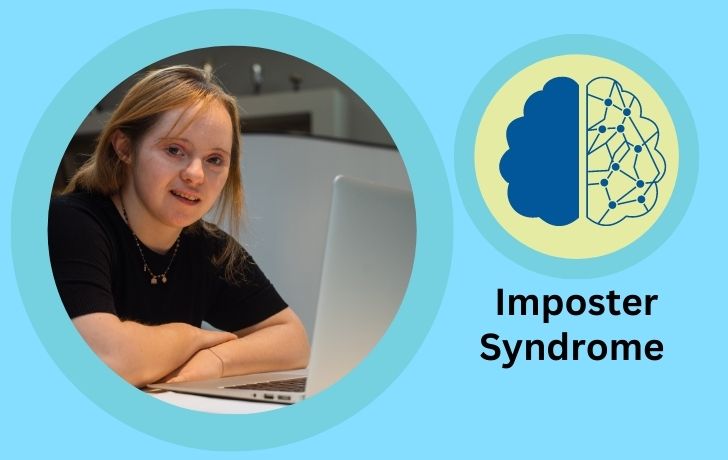
Imposter syndrome is commonly seen among high-achievers and can be more prevalent in certain fields such as academics, business, and technology, where the competition is high.
Evidence shows imposter syndrome is now present in 42 percent of employees, up from 30 percent of working professionals.
To avoid imposter syndrome, it's important to recognize and challenge negative thoughts and self-talk. It can be helpful to remind yourself of your accomplishments, and to seek out feedback from others to validate your skills and abilities. Setting realistic goals and focusing on progress, rather than perfection, can also be helpful.
It's also important to surround yourself with a supportive community of people who can provide encouragement and help you keep things in perspective. Practicing self-compassion and being kind to yourself when you make mistakes can also be beneficial.
Finally, it's important to remember that everyone experiences imposter syndrome, and that it doesn't mean that you're not qualified or capable, it's just a normal feeling that everyone experiences.
Challenge#5: Mental Toughness
"Mental toughness challenge" refers to the ability to control stress, overcome obstacles, and maintain composure and tenacity under pressure. It is a crucial quality that can aid people in succeeding in both their personal and professional lives.
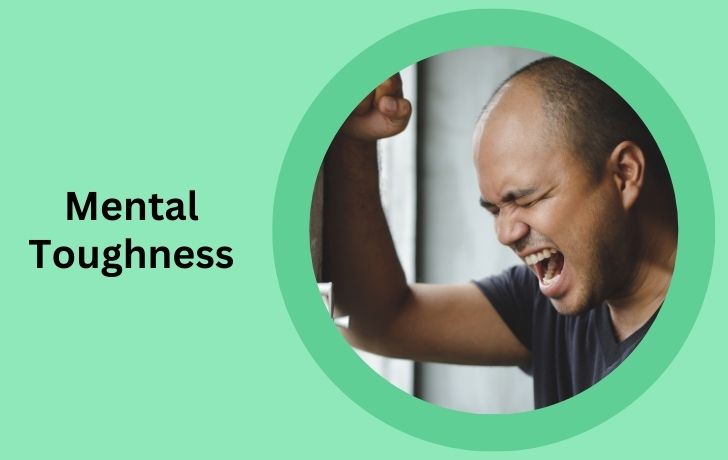
An individual's performance is considered to be influenced by their mental toughness to a degree of 25%. It encourages athletes to put in more effort to achieve the goal.
People must first acquire a growth mentality and establish a positive outlook on difficulties to handle problems with mental toughness. To do this, difficulties must be reframed as opportunities for growth and education rather than as threats or failures.
It follows that each person must cultivate the capacity to handle their emotions and stress. Regular self-reflection, exercise, and mindfulness meditation are a few examples of what this might include.
People must purposefully seek out challenging experiences and opportunities to acquire mental toughness. Examples of this include taking on challenging duties, offering to serve in leadership roles, and engaging in competitive activities that require mental toughness.
Building mental toughness, one of the major requirements to overcome personal growth challenges, can help people be better able to handle adversity and achieve their goals on a personal and professional level. It is a crucial quality that can help people flourish in a world that is unstable and undergoing rapid change.
Challenge#6: Manifestation with Goal
Manifestation is the process of bringing something into reality through positive thinking and visualization. The idea behind manifestation is that by focusing on positive thoughts and visualizing a desired outcome, individuals can attract that outcome into their lives.
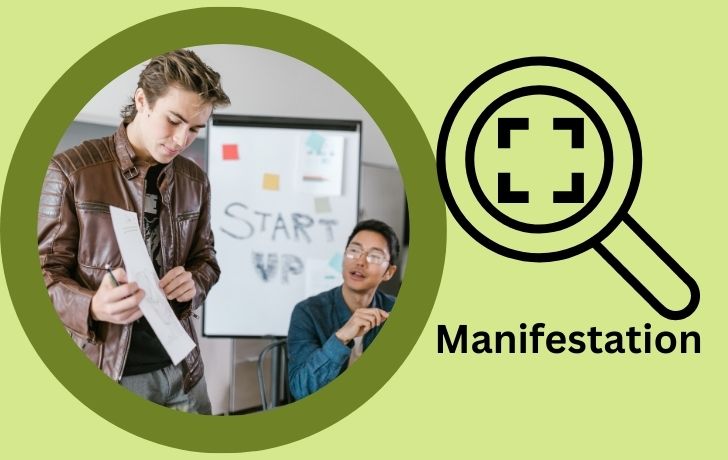
Manifestation is a great way to resolve personal growth challenges. It can help to overcome shiny object syndrome, procrastination, distraction addiction, and writer's block by allowing individuals to focus on their goals and desires, rather than being pulled in different directions by distractions or negative thoughts.
To use manifestation to overcome shiny object syndrome, individuals can focus on their specific goals and desires, and visualize themselves achieving them. This can help to keep them focused and motivated, and reduce the pull of distractions.
Resolving procrastination using manifestation, individuals can visualize themselves taking action and completing tasks, which can help to increase motivation and reduce feelings of anxiety.
To use manifestation to overcome distraction addiction, individuals can visualize themselves setting boundaries and focusing on their goals, which can help them to stay on task and reduce the pull of distractions.
To use manifestation to overcome writer's block, individuals can visualize themselves writing freely and easily, which can help to overcome feelings of self-doubt and increase inspiration.
It's important to remember that manifestation is not a substitute for taking action, but it can serve as a powerful tool to align your thoughts, emotions, and actions toward your goals, and to overcome obstacles that may be preventing you from achieving them.
Challenge#7: Unshakable Mindfulness
Mindfulness is the practice of being present and fully engaged in the current moment, without judgment. It involves paying attention to one's thoughts, feelings, and physical sensations in a non-judgmental way. Mindfulness is often used as a tool for managing stress, reducing anxiety, and improving overall well-being.
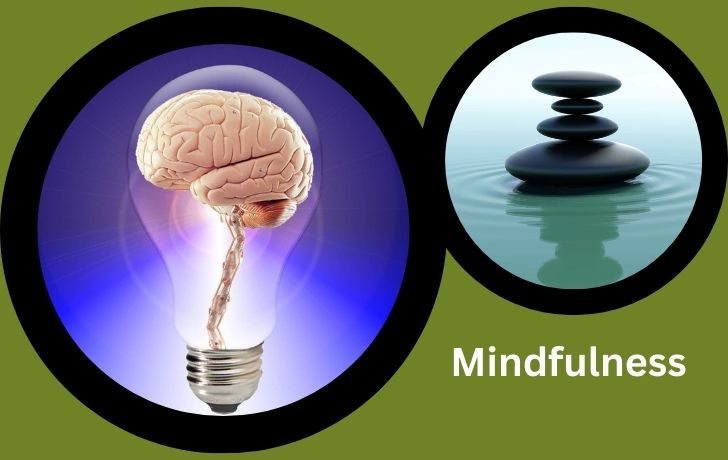
There are several recognized methods of mindfulness practice, including:
1. Meditation
One of the most popular methods of mindfulness practice is meditation. This can involve sitting in a comfortable position and focusing on the breath, or a word or phrase, to bring awareness to the present moment.
Stat shows, 200–500 million people worldwide are thought to practice meditation. 14% of Americans or more have practiced meditation. 60% of the time, meditation reduces anxiety. Hospitalization for cardiovascular disease can be 87% less likely as a result of meditation.
2. Yoga
Yoga is another popular method of mindfulness practice that combines physical movement with breath awareness and meditation. It helps to make the personal growth challenges easy to overcome by practicing regularly.
3. Body scan
Body scan is a method of mindfulness practice that involves lying down and bringing awareness to different parts of the body, starting from the toes and working up to the head. This can help to reduce stress and tension in the body.
4. Mindful eating
Mindful eating is a method of mindfulness practice that involves paying attention to the sensation of hunger, the taste of food, and the process of eating, to increase awareness of the present moment.
5. Walking mindfully
Mindful walking is a method of mindfulness practice that involves paying attention to the sensation of walking and the environment around you, to increase awareness of the present moment.
6. Mindful listening
Mindful listening is a method of mindfulness practice that involves paying attention to the sensation of sound, to increase awareness of the present moment.
It's important to remember that the best method of mindfulness practice is one that you find enjoyable and you can stick to it.
Regular practice is key, it doesn't have to be long, and even a few minutes a day can make a difference. It's also important to remember that mindfulness is a skill that takes time and practice to develop.
Challenge#8: EQ & Yoga Based Mindfulness
Emotional intelligence (EQ) is the ability to recognize, understand, and manage one's own emotions, as well as the emotions of others. It involves the ability to perceive, express, understand, and regulate emotions, and to use this information to guide thinking and behavior.
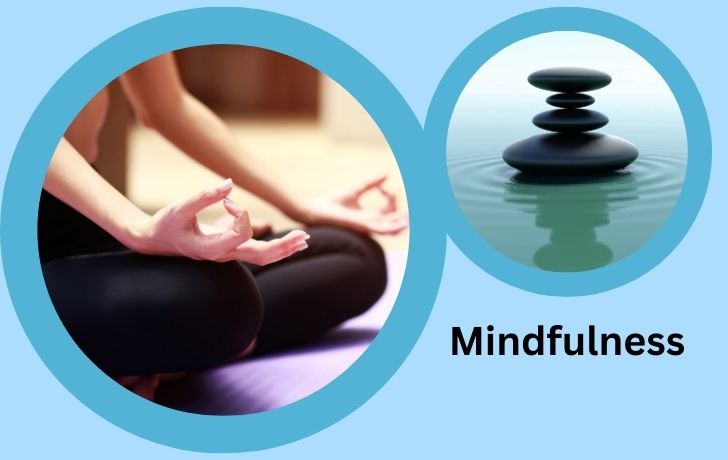
Emotional intelligence can help to develop mindfulness in several ways:
1. Emotional self-awareness
Emotional self-awareness is the ability to recognize and understand one's own emotions. This can help to develop mindfulness by increasing awareness of one's emotional state and how it is influencing thoughts and behaviors.
2. Emotional regulation
Emotional regulation is the ability to manage one's own emotions. This can help remove personal growth challenges by developing mindfulness and by allowing individuals to stay present and focused, even in the face of difficult emotions.
3. Empathy
Empathy is the ability to understand and share the feelings of others. This can help to develop mindfulness by allowing individuals to better understand the perspectives and emotional states of others, and to respond in a more compassionate and understanding way.
4. Social awareness
Social awareness is the ability to understand and respond to the emotions and needs of others. This can help to develop mindfulness by allowing individuals to be more present and engaged in their interactions with others, and to respond more appropriately and effectively.
It's important to note that emotional intelligence and mindfulness are two distinct but related concepts.
Mindfulness is the practice of being present and non-judgmental in the current moment, while emotional intelligence is the ability to understand and manage one's own emotions and the emotions of others.
However, emotional intelligence can help to develop mindfulness by increasing awareness of one's emotional state, and it can also help to regulate emotions, empathize with others and improve social awareness.
Yoga can help to develop emotional intelligence (EQ) and mindfulness in several ways:
1. Body-awareness
Yoga practice involves paying attention to the body and the sensation it produces, this can help to increase body awareness, which in turn can lead to greater self-awareness and emotional self-regulation.
2. Breathing techniques
Yoga incorporates breathing techniques such as pranayama, which can help to regulate the breath and reduce stress and tension. This can help to improve emotional regulation, by allowing individuals to manage their emotions more effectively.
3. Mindfulness
Yoga is inherently a mindful practice, as it requires individuals to focus on their breath, body, and movements. This can help to develop mindfulness by training the mind to be present and non-judgmental in the moment.
4. Empathy
Yoga practice often involves being present and aware of the body, which can help to increase empathy by allowing individuals to understand the needs and sensations of their body better.
5. Relaxation
Yoga practice can help to relax the body and mind, which can help to reduce stress and tension and improve overall well-being. This can help to improve emotional regulation by allowing individuals to manage their emotions more effectively.
6. Self-reflection
Yoga often involves self-reflection, which can help to increase self-awareness, and understanding of one's thoughts, feelings, and motivations. This can help to improve emotional intelligence by allowing individuals to understand their own emotions better.
It's important to note that yoga is not a magic solution for developing EQ and mindfulness, it is a practice that requires time and effort, it's also important to have a regular practice and to find a class or teacher that aligns with your goals and preferences.
Challenge#9: Sense of Time
The most important part of human time is considered to be the present moment. The present is where we can take action, make decisions, and shape our future. The past and future are also important, as they provide context and perspective, but they cannot be changed.
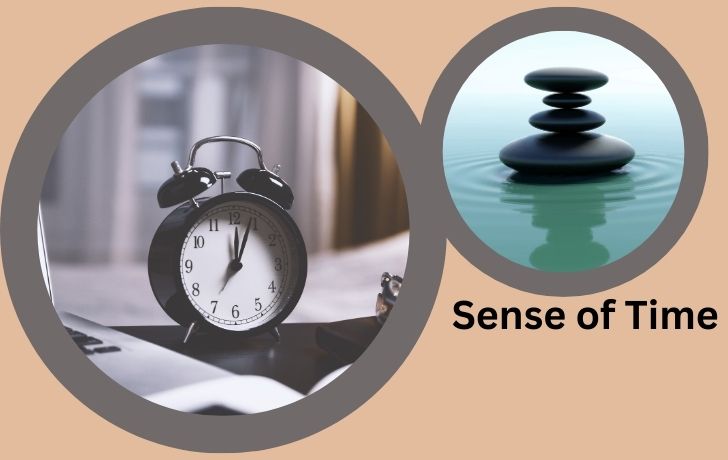
It is important to focus on the present moment to make the most of our time and to achieve our goals. Focusing on the present allows us to be fully engaged in the task at hand, and to make the most of our abilities and resources.
It also allows us to appreciate and enjoy the present moment, rather than constantly dwelling on the past or worrying about the future.
There are several ways to focus on the present moment:
1. Mindfulness
Mindfulness is the practice of being present and fully engaged in the current moment, without judgment. Mindfulness can be practiced through meditation, yoga, or other mindfulness practices.
2. Prioritizing
Prioritizing tasks and goals can help to focus on the present moment by allowing individuals to focus on what is most important and to take action.
3. Eliminating distractions
Eliminating distractions, such as social media, email, or other forms of digital media, can help to focus on the present moment by allowing individuals to stay focused and engaged.
4. Setting boundaries
Setting boundaries can help to focus on the present moment by allowing individuals to prioritize what is most important and to say no to distractions or unnecessary tasks.
5. Reflecting
Reflecting on the past can help to understand it better and to learn from it, but it should be done in balance, it's important not to dwell on the past too much.
In conclusion, focusing on the present moment is considered to be the most important part of human time, as it allows individuals to make the most of their abilities and resources, and to achieve their goals.
There are several ways to focus on the present moment, such as mindfulness, prioritizing, eliminating distractions, setting boundaries, and reflecting on the past in balance. It's important to remember that developing the ability to focus on the present takes time and practice.
Challenge#10: Learning Habits
It's essential to understand what is the best method to read the books faster so you can save time.
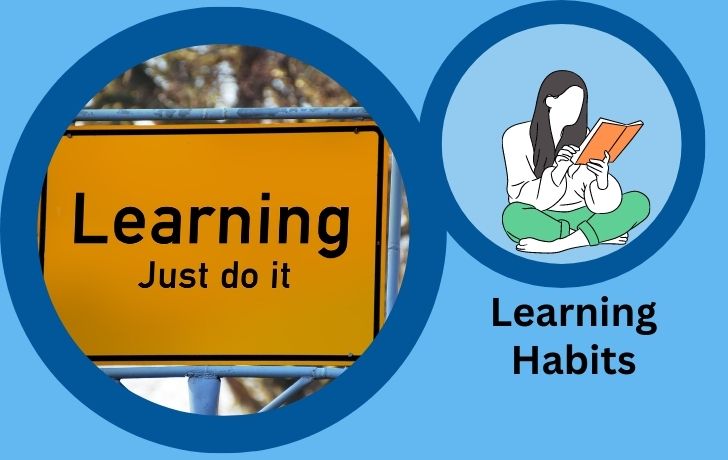
There are several methods for reading books faster, but it's important to keep in mind that reading speed is not the only way to measure reading efficiency, understanding the content is also important. Here are some methods that can help you read faster without losing comprehension:
1. Preview the material
Before you start reading, preview the material by quickly scanning the book's table of contents, headings, and subheadings. This will give you an idea of what the book covers, and it will help you focus on the most relevant information.
2. Use a pointer
Use a pointer, such as a pen or a finger, to guide your eyes as you read. This will help you to focus on one line at a time, and it will help you to read faster.
3. Increase your reading speed gradually
Start by reading at a comfortable pace, and gradually increase your reading speed over time. This will help you to build up the stamina and speed you need to read faster.
4. Eliminate distractions
Eliminate distractions when you're reading by finding a quiet place to read and turning off your phone or other distractions.
5. Use the SQ3R method
SQ3R is a reading comprehension method that can help you read faster and retain more information. It stands for: Survey, Question, Read, Recite, and Review.
6. Practice
As with any skill, reading faster takes practice. It's important to set aside time to read regularly and to use the methods above consistently.
It's important to remember that everyone's reading speed is different and that it's not necessary to read quickly to get the most out of a book. It's more important to understand the content and to retain the information, even if it takes longer to read.
Follow Elon Musk
What is the faster learning method by Elon Musk? How can you follow this?
Elon Musk, CEO of SpaceX and Tesla, has been known to have a unique learning method that he calls "first principles thinking." This method involves breaking down a problem or concept into its most basic building blocks and then reasoning up from there, instead of relying on assumptions or preconceptions.
Here's how you can follow this method:
1. Break down a problem or concept
Start by breaking down the problem or concept into its most basic building blocks. Identify the key elements and ask yourself what the underlying principles are.
2. Question assumptions
Challenge assumptions and preconceptions by asking questions such as "Why does it have to be this way?" or "Is this the only way to solve this problem?"
3. Build up from first principles
Once you have identified the basic building blocks and questioned assumptions, start building up from first principles by deducing the problem or concept from scratch.
4. Experiment and test
Use experimentation and testing to validate your understanding and to identify any gaps or errors in your reasoning.
5. Repeat the process
This method is not a one-time exercise, it's a process that can be repeated and refined over time.
It's important to note that this method is not a quick fix and it takes time to get used to, but it can be very powerful in challenging preconceptions and identifying new solutions. This method is not only useful for understanding complex concepts but also to approach problems differently, and to come up with new solutions.
Read These Books
What are the highly recommended worthy books on mindfulness, procrastination, shiny object syndrome, Imposter syndrome, distraction, and time-focusing habits?
Here are some books that I recommend on mindfulness, procrastination, shiny object syndrome, imposter syndrome, distraction, writer's block, and time-focusing habits:
1. "The Power of Now: A Guide to Spiritual Enlightenment" by Eckhart Tolle: This book is a classic on mindfulness and the present moment, and it offers practical techniques for living in the present and achieving a greater sense of inner peace and well-being.
2. "Deep Work: Rules for Focused Success in a Distracted World" by Cal Newport: This book is a great resource for understanding the importance of focus and the strategies for achieving it in today's fast-paced, distraction-filled world.
3. "The Art of Possibility: Transforming Professional and Personal Life" by Rosamund Stone Zander and Benjamin Zander:
This book provides a fresh perspective on how to overcome shiny object syndrome, by showing how to think differently about the possibilities in life.
4. "The Secret Thoughts of Successful Women: Why Capable People Suffer from the Impostor Syndrome and How to Thrive in Spite of It" by Dr. Valerie Young: This book is a great resource for understanding imposter syndrome and provides practical strategies for overcoming it.
5. "The War of Art: Break Through the Blocks and Win Your Inner Creative Battles" by Steven Pressfield: This book is a great resource for understanding the causes of writer's block and provides practical strategies for overcoming it.
6. "The Pomodoro Technique: The Acclaimed Time-Management System That Has Transformed How We Work" by Francesco Cirillo: This book is to provide a simple tool/process for improving productivity for your own and that of your team as well.
7. "The Heart of Yoga: Developing a Personal Practice Paperback " by T. K. V. Desikachar: This book is a great source of yoga text to outline a step-by-step sequence for developing a complete practice.
Challenge#11: Creativity
To become a better creative, it's critical to understand the best practices.
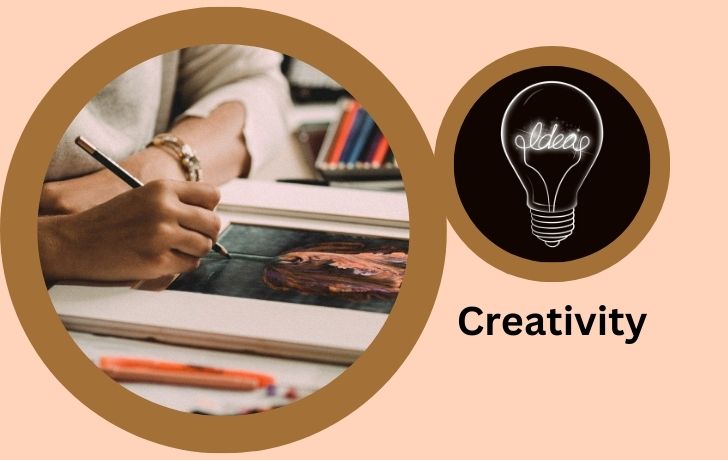
Being a creator, whether it is writing, art, music, or any other form of creative expression, requires a combination of talent, skill, and discipline. Here are some best practices that can help you become a better creator:
1. Develop a consistent creative routine
A consistent routine can help you to create a sense of structure and discipline in your creative process. This can include setting aside specific time for creating, as well as creating a dedicated space for your work.
2. Experiment and try new things
Creativity often comes from exploring new ideas and techniques, so it's important to experiment and try new things. Take risks and push yourself outside of your comfort zone.
4. Read and research widely
Reading and researching widely can help you to gain new perspectives and to stay informed about what's happening in your field.
5. Get feedback and be open to criticism
Getting feedback and being open to criticism can help you to improve your skills and to gain a better understanding of your strengths and weaknesses.
6. Practice regularly
Regular practice is essential for developing your skills and staying sharp.
7. Take care of yourself
Taking care of your physical and emotional well-being can help you to maintain the energy and focus you need to be creative.
8. Believe in yourself
Belief in yourself and your abilities, don't compare yourself to others, focus on your progress and be proud of your achievements.
In conclusion, becoming a better creator requires a combination of talent, skill, and discipline. Developing a consistent creative routine, experimenting and trying new things, reading and researching widely, getting feedback and being open to criticism, practicing regularly, taking care of yourself, and believing in yourself are all important best practices that can help you to improve your skills and to achieve your goals as a creator.
Challenge#12: Productivity
It's crucial to understand how you may increase your productivity on a personal level. and being aware of the fast fixes for increasing productivity.
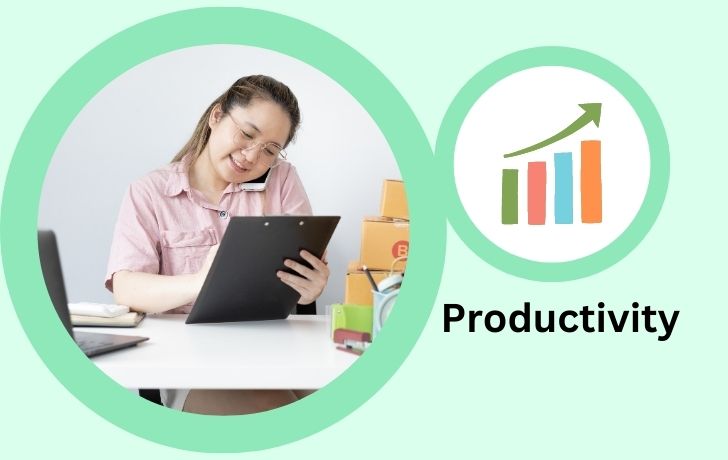
Boosting productivity is a process that requires time, effort, and the right strategies. Here are some quick methods to improve productivity:
1. Prioritize your tasks
Prioritize your tasks by creating a list of the most important things that need to be done. Focus on the most important tasks first and tackle them one at a time.
2. Eliminate distractions
Eliminate distractions by turning off your phone, closing unnecessary tabs on your computer, and finding a quiet place to work.
3. Use the Pomodoro Technique
The Pomodoro Technique is a time management method that involves working for short, focused periods, followed by short breaks. This can help to increase focus and productivity.
4. Take regular breaks
Taking regular breaks can help to boost productivity by allowing you to recharge and refocus.
5. Create a schedule
Create a schedule that allows you to balance work and leisure. This can help to avoid burnout and to maintain a healthy work-life balance.
6. Get enough sleep
Sleep is essential for productivity and it's important to get enough sleep each night to stay sharp and focused.
7. Stay organized
Stay organized by keeping your work area clean and tidy and by keeping track of your progress.
8. Set clear goals
Set clear goals for yourself and break them down into smaller, manageable tasks. This will help you to stay focused and motivated.
It's important to remember that boosting productivity is a process that requires time, effort, and the right strategies. Try to implement some of these methods.
Remember that boosting productivity is a continuous process, it's important to find what works best for you, and to keep experimenting and trying new methods.
Conclusion
Securing every success in life deserves the aforesaid personal growth problem solutions. To eradicate all potential pitfalls like distractions, procrastination, and shiny object syndrome need to be dealt with to increase productivity and accomplish goals.
It can also be beneficial to cultivate mental fortitude, practice mindfulness using methods like yoga and EQ-based mindfulness, and set specific goals to resolve personal growth challenges that will manifest.
Moreover, boosting creativity, developing a sense of time and learning habits, and increasing productivity can all help to reduce imposter syndrome. In the end, combining these techniques can result in a firm mentality and higher output.

